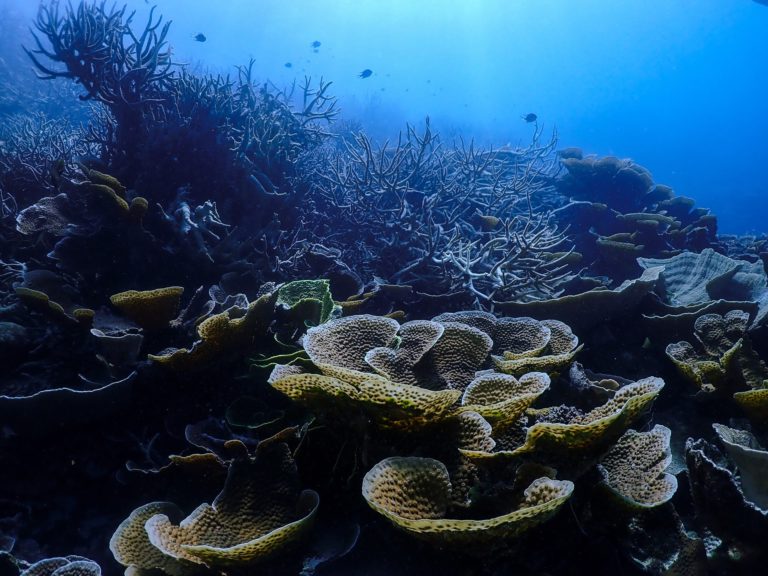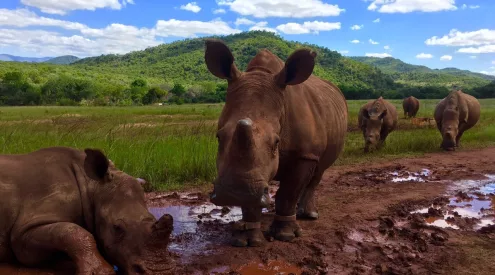The Great Barrier Reef in Australia has lost half of its coral since 1995. A study by the ARC Centre of Excellence for Coral Reef Studies in Queensland found that the number of small, medium and large corals on the Reef has declined by more than 50% in the last 30 years, mainly due to bleaching.

The Great Barrier Reef is the largest coral reef in the world.
Bleaching is when coral expel their algae and turn white as a stress response to water that is too warm, which in most cases are a result of climate change, according to CNN. Coral can sometimes recover from bleaching, but when exposed to stressors for extended periods, it eventually leads to coral death.
‘Coral colony abundances on reef crests and slopes have declined sharply across all colony size classes and in all coral taxa compared to historical baselines,’ the study reads.
‘Declines were particularly pronounced in the northern and central regions of the Great Barrier Reef, following mass coral bleaching in 2016 and 2017. The relative abundances of large colonies remained relatively stable, but this apparent stability masks steep declines in absolute abundance.’
Coral reefs sustain a host of marine fauna and flora, providing habitat, hatcheries and nurseries for many species. Reefs also act as a buffer, protecting coastlines from potentially damaging wave actions from the open ocean. According to the Natural History Museum, the Great Barrier Reef contains over 400 coral species, 1,500 fish species, 4,000 mollusc species and six of the world’s seven sea turtle species.
‘The potential for recovery of older fecund corals is uncertain given the increasing frequency and intensity of disturbance events. The systematic decline in smaller colonies across regions, habitats and taxa, suggests that a decline in recruitment has further eroded the recovery potential and resilience of coral populations,’ the study added.
Picture: Unsplash


















